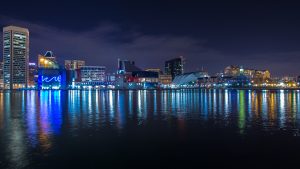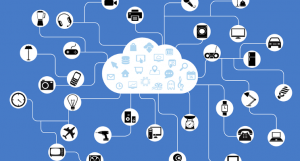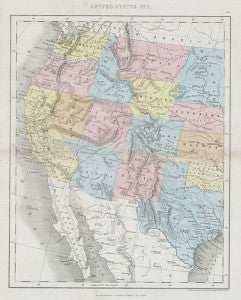 Barely a month after his inauguration, President Trump is proceeding with plans to dismantle protections under the Clean Air Act and Clean Water Act. The targets include limiting pollution into streams and wetlands that flow into drinking water for a hundred million Americans, automobile fuel economy standards that cut tailpipe pollution, and performance standards under the Clean Power Plan that would boost renewable power and fight climate change. Trump and his EPA Administrator, Scott Pruitt, have drawn up reckless plans to slash EPA’s budget—greeted with derision even by some Republicans in Congress. With the tragic story of Flint still fresh in people’s minds, the President is betraying the demands of his own supporters — fully 64% of Trump voters want to maintain or increase spending on environmental protection.
Barely a month after his inauguration, President Trump is proceeding with plans to dismantle protections under the Clean Air Act and Clean Water Act. The targets include limiting pollution into streams and wetlands that flow into drinking water for a hundred million Americans, automobile fuel economy standards that cut tailpipe pollution, and performance standards under the Clean Power Plan that would boost renewable power and fight climate change. Trump and his EPA Administrator, Scott Pruitt, have drawn up reckless plans to slash EPA’s budget—greeted with derision even by some Republicans in Congress. With the tragic story of Flint still fresh in people’s minds, the President is betraying the demands of his own supporters — fully 64% of Trump voters want to maintain or increase spending on environmental protection.
These actions are a tragic wrong turn for the country — and not just because they threaten to roll back decades of progress on air and water pollution, and the recent steps forward on climate change.
What I especially worry about are the lost opportunities for economic growth, new jobs, and the competitiveness of American companies — at a time when China and others are stepping up.
 The late California historian Kevin Starr once wrote, “California had long since become one of the prisms through which the American people, for better and for worse, could glimpse their future.” These words have never felt truer. Just ask
The late California historian Kevin Starr once wrote, “California had long since become one of the prisms through which the American people, for better and for worse, could glimpse their future.” These words have never felt truer. Just ask  The New York Public Service Commission recently approved plans by National Grid, the largest distributor of natural gas in the Northeast, to use advanced leak detection and quantification technologies developed by EDF and Google Earth Outreach in order to maximize the environmental and ratepayer benefits of a three-year, $3 billion capital investment program. This program includes plans to replace 585 miles of old, leak-prone pipes on the company’s systems in Long Island and parts of New York City.
The New York Public Service Commission recently approved plans by National Grid, the largest distributor of natural gas in the Northeast, to use advanced leak detection and quantification technologies developed by EDF and Google Earth Outreach in order to maximize the environmental and ratepayer benefits of a three-year, $3 billion capital investment program. This program includes plans to replace 585 miles of old, leak-prone pipes on the company’s systems in Long Island and parts of New York City. The need to plan for and design a more efficient, cleaner, and resilient electricity
The need to plan for and design a more efficient, cleaner, and resilient electricity  Co-authored by
Co-authored by 